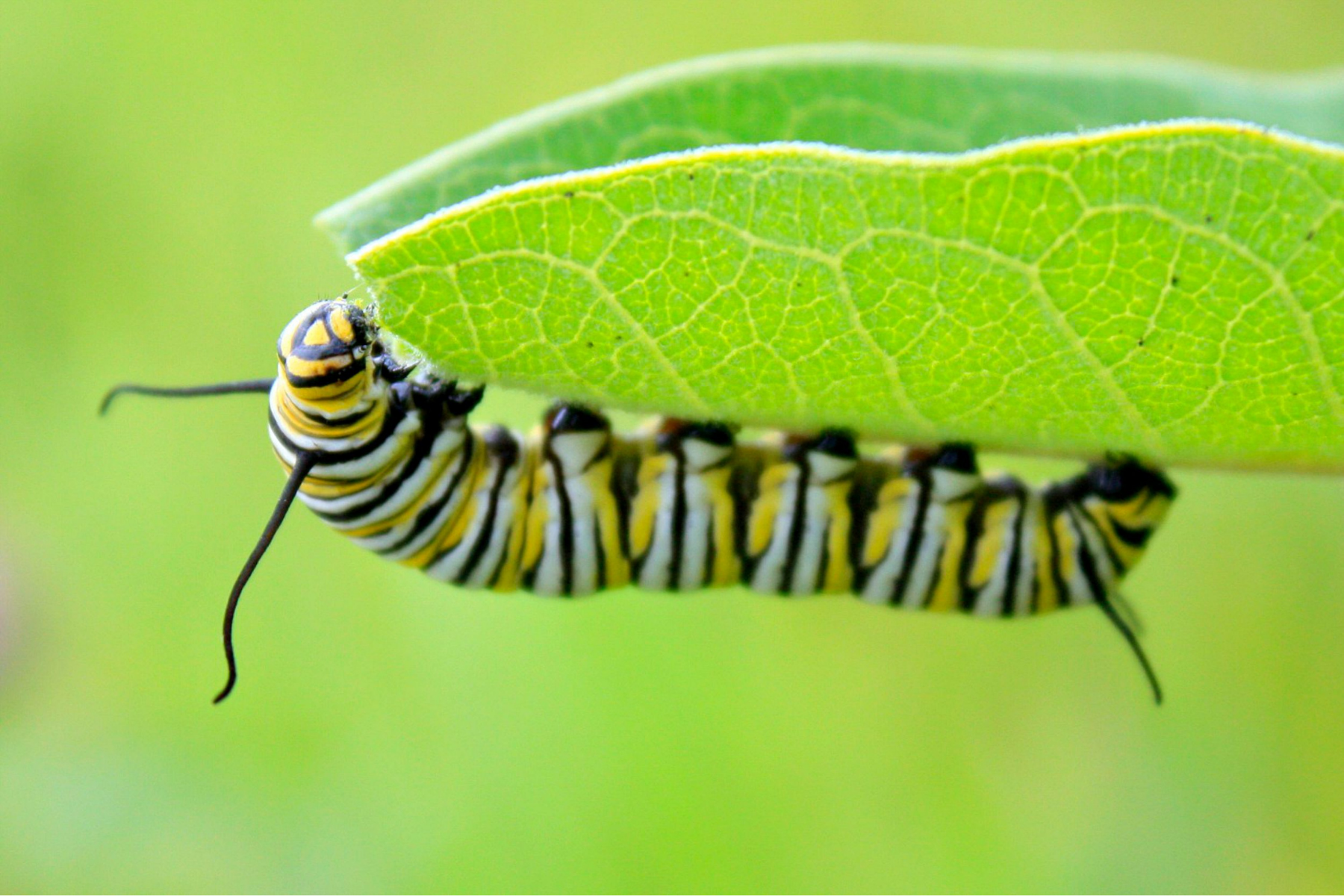Last Updated on August 9, 2022 by Real Men Sow
Box tree caterpillars pose a serious threat for box (Buxus) plants. They can decimate native hedges and topiary, and can even completely defoliate them. They are also spreading throughout the UK. Most of the damage they do is done between March and October. If you don’t act quickly, a box ball can be destroyed in less than a week. Although reports have surfaced of blue tits or jackdaws eating caterpillars, it is not known if this will affect the numbers.
What Is A Box Tree Caterpillar?
Box tree caterpillars are larvae of Cydalima perspectalis moth. They lay their eggs on the undersides and leaves of box trees. The caterpillars then form a web-like web over their area and eat the box leaves. The caterpillar forms a cocoon, and then emerges as a box moth. This cycle continues for another month. From spring through autumn, box tree caterpillars can become a problem and produce multiple generations. The caterpillars will overwinter in box leaves and resume feeding the next spring.
Box tree caterpillar symptoms
Sometimes, they can be confused with the signs of box tree caterpillars. Box tree caterpillars are easily identified by the presence of webbing, droplets and dieback on your box plants. This is because the caterpillars hide deep within the plants. You can often see them when you trim or shape your plants.
Webbing
The caterpillars can feed under dense, white webbing that covers parts of the plant.
Dieback
You may notice small areas of dieback in your plant. This is when the leaves become pale and papery. This is especially noticeable in newly trimmed plants. This may look somewhat like box blight so make sure you check for the symptoms.
Caterpillars
Caterpillars can also be found hidden deep within the leaves or at the base. Young caterpillars are about 1 cm long and have black heads. The older caterpillars are 4 cm long and also have green/yellow heads and black and white stripes.
Droppings
Frass, which is pale yellow flakes
Pupae
The pupae may be visible in the foliage as a cocoon of webbing white.
Eggs
The eggs of caterpillars may be visible on the undersides and ends of leaves. They are small, pale yellow, flat and overlap one another.
Moths
You may see moths flying around if you shake the plants. They have brown or white wings and are approximately 4 cm across.
Stripped bark
Boxes can also be stripped of bark by the moths.
How To Control Box Tree Caterpillar
Organic control
Hand removal
If the infestation is not severe or you have only a few plants, you can attempt to remove them manually. Secateurs can be used to remove webbing-covered stems.
Biological control
A biological control with the micro-organism Bacillus Thuringiensis can be used to stop the caterpillars from taking root. The treatment should be repeated multiple times throughout the season when temperatures are at least 15 degrees Celsius. Spray both sides thoroughly to coat the leaves.
Chemical control of box tree caterpillar
Insecticides
Box tree caterpillars can be treated with insecticides. However, they aren’t as effective as biological control and can also kill other insects. Multiple applications are required. To avoid harming beneficial bees, do not spray insecticides on plants that are still in bloom.
Preventing Box Tree Caterpillar
Pheromone Traps
The pheromone traps contain a synthetic pheromone, which is similar to the one produced by female box tree moths. Male moths become attracted to the trap and get stuck in it, interrupting the breeding cycle. They need to be changed frequently as they are not likely to capture all male moths in your yard. They are an indicator that box tree moths may be present so you can take immediate action.
Be Vigilant
Because they hide well, box tree caterpillars are difficult to identify. You should inspect your plants frequently, looking around the base and deep within.
Alternatives To Box
There are many options for you if you’ve lost your plants to box tree caterpillars or box blight, and are unable to plant anymore because of potential problems.
Lonicera nitida and box-leaved holly (Ilex crenata) look very similar to box. They can also be grown and cut in the same manner. Yew is an excellent alternative for topiary and hedging. Although they are not a direct replacement for other plants, some have the added benefit of attractive flowers that attract pollinators (like lavender, Mexican orange blossom, and podocarpus), while some others have attractive variegated leaves (Euonymus fortunei, Euonymus japonicus). Berberis have fiery autumn leaves, as do some other plants, like berberis.

